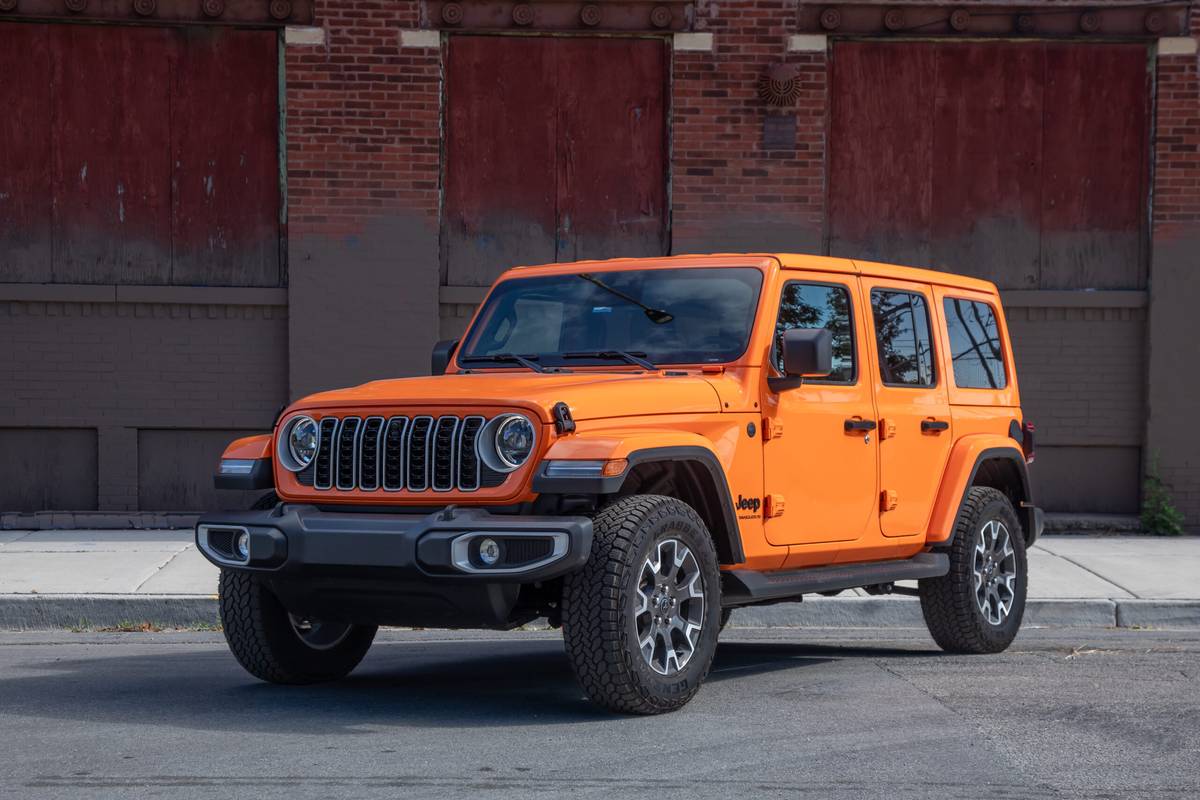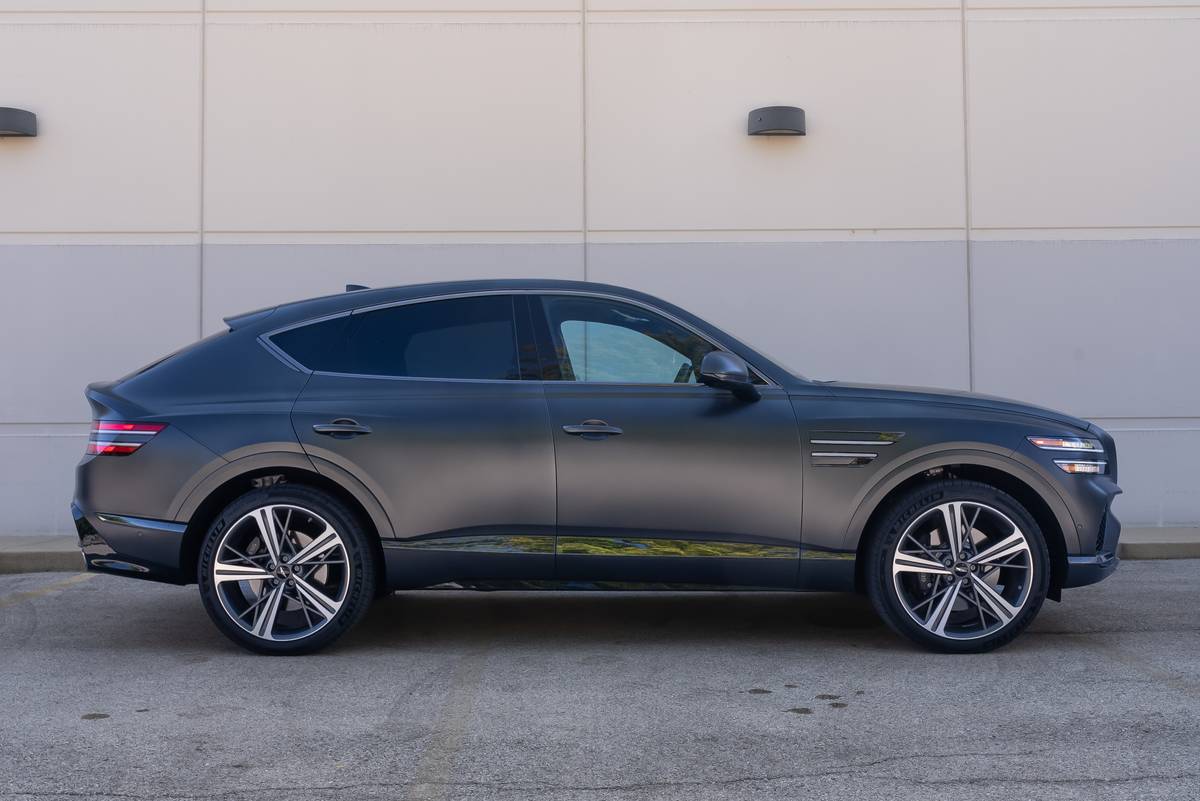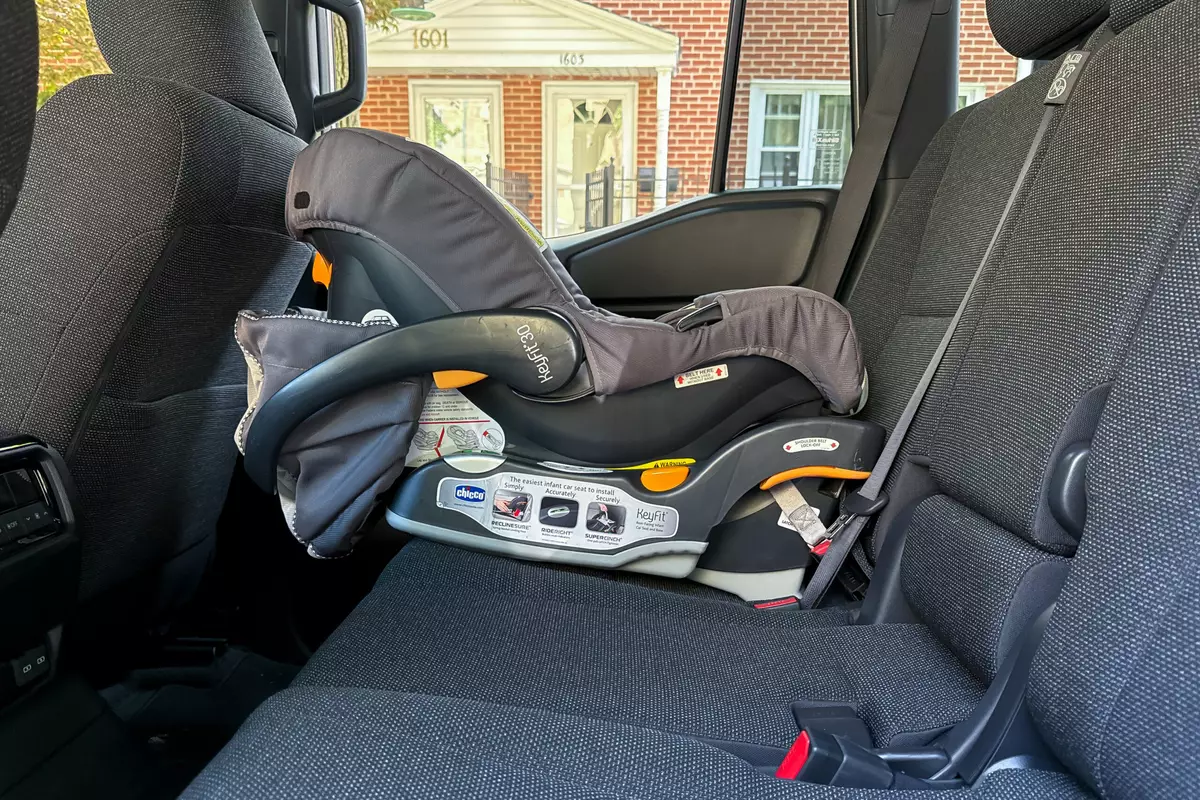Cincinnati.com's view
The 3 Series BMW, the smallest, “cheapest,” and thus most popular of the products Bavarian Motor Works sends us, has received serious improvements for the 2001 model run which should serve to keep the term “dotage” at bay for another season or two.
The most striking innovation is the return of an all-wheel-drive option, a paradoxical offering for a company that has generally remained wedded to its rear-drive roots even as much of the rest of the world has embraced front-wheel drive for the packaging efficiency advantages it brings. BMW offered an all-wheel-drive 3-Series machine for a few years starting in 1988, but the hefty premium ($6,000+ over the comparable RWD model) and a half-hearted promotional effort kept it in the rara avis category. Now, with the proliferation of 4WD and AWD machines of every stripe, the company expects to be able to sell at full retail as many AWD 3s as it can cobble together. It doesn’t hurt that the premium for the enhanced drivetrain has been lowered to $1,750. The AWD option is available only on sedans, not the convertible or coupe. (There are 10, 3-Series variants all told.)
There are two engine options this year, both of BMW’s revered inline six-cylinder construction. (Thank Munich they’ve long since stopped debasing the coinage by unloading four-cylinders on us.) The familiar 2.5-liter engine (packaged in a car curiously called the 323 last year) now finds its home in models more logically styled 325. This engine picked up a nice 14 hp bump, to 184. The erstwhile 2.8-liter is gone, unlamented because it has been displaced by a nifty 3-liter, which is good for 225 hp (@5,900 rpm) and 214 foot-pounds of torque (@3,500). An additional price you pay for enhanced traction is added complexity and weight. The 330xi’s curb weight is 3,527 pounds with the manual transmission, 3,627 with the optional automatic. That compares to 3,318 – 3,373 for the RWD version. That 3,627 pounds is a hefty load for a compact, which even with four doors is more like a 2+2.
Still, with the power of the bigger engine, it’s not going to demean its heritage even on dry pavement . . . the factory claims 0-60 times of 6.9 seconds for the manual-equipped 330xi, just a half-second slower than the 2WD version. I didn’t manage to crack 7 seconds in my experimentation, but the one I had still had a green engine, and I wasn’t out to abuse it. A rear-drive version should be about a half-second swifter – on dry roads. As always, an all-wheel-drive machine doesn’t feel as peppy as the numbers would suggest, but chronographs don’t lie, and neither does the vision of would-be draggers in the rearview. On wet pavement, no contest save with machines similarly well-endowed.
Top speed of all variants is governed to 128 mph. The engine is a silken delight. It has four valves per cylinder, and BMW’s steplessly variable valvetrain. This provides a good kick of torque at low engine speed and allows it to breathe deepl y (through dual intake paths) when the revs climb above 4,000, which is about where the engine starts to feel turbocharged as power builds in a delightfully non-linear fashion.
Premium fuel is recommended but not obligatory, thanks to knock sensors, but with a 10.2:1 compression ratio, you’d be leaving a lot of the horses you paid for back in the barn. EPA mileage estimates are 20 mpg city, 27 highway. Despite earnest probing of the performance envelope, I logged 24.4, rather impressive for the mass and exertions.
The five-speed manual transmission is one of the better ones, finding its way almost intuitively from gear to gear, with short, direct throws and sure engagements. After, that is, one masters the clutch. It’s not particularly heavy, but it engages rather rapidly near the end of its travel. With practice, it seems just right, but that first actuation, especially on an uphill slope, is surprising. Traction control is standard and reacts ery quickly to keep ront and rear axles turning at the same speed regardless of road conditions or driver input.
With more power comes better braking this year. BMW has fitted ventilated discs fore and aft that are almost overqualified (no complaints there), 12.8 inches in diameter up front, 12.6 in the rear. As expected, they produced impressively short stopping distances from high speeds with excellent pedal feel. The standard antilock system did its job efficiently on slick roads and dry.
Much of the traction credit goes to the massive 205 – 50 – 17 tires, Z-rated and wrapped around 7-inch alloy wheels. Ride quality was quite good, though perhaps a bit firm for some luxury buyers’ taste. But if you’re going to use the car near its very high limits, you’ll appreciate the robustness of the suspension. The all-wheel-drive mechanism on the 330xi is biased to send 68 percent of torque to the rear under equilibrium conditions to provide a rear-drive sense, varying the split as road conditions dictate.
Still, the 330xi was less fun to push hard than any rear-drive BMW I’ve tried. This car would be great for extending the season in four-season climates, but quite honestly, given the incomparably marvelous feel of rear-drive BMWs, I’d be inclined to get one of those and put it up for the winter, or use a beater on bad days. This is NOT an enthusiast’s BMW. Audi, for one, has a better handle on the all-wheel-drive thing, and their cars feel more of a piece to me.
I think part of the problem with the 330xi I had was the slightly inept dynamic stability control system (DSC), which at times seemed fidgety and working at cross purposes with the AWD trickery. (DSC is another form of electronic legerdemain, which attempts to keep the car going in what it calculates is the intended direction even if the driver asks more than physics dictates.) Happily, it can be switched off if you’d rather take things in your own hands and rely on seat-of-the-pants sensors rather than bits of silicon. As expected, the driving position is first-rate, with a sufficiency of leg-, belly- and headroom even for an outsized driver. Second class is quite snug unless driver and copilot can be persuaded to give up a few inches of their seat travel.
The 330xi comes with dual-threshold “smart” front air bags, as well as side-impact and head-protection bags for the first cabin. The feds haven’t crash-tested the current 3-Series Bimmers yet, but the Insurance Institute for Highway Safety has. In their more demanding tests, the line is rated a “best pick” for driver and passenger survivability in 40-mph frontal offset crash tests, with top marks in every category.
The included stereo, a 10-speaker AM-FM-cassette unit, had above-average clarity and sensitivity, even with a “diversity” antenna system — nice to see somebody has gotten it right. Presence was only so-so, however, something that could be fixed with a single chip. Base price on a 330i sedan i s $33,990. The tester had all-wheel drive for $1,750; power moonroof for $1,050; wood trim, $500; power front seats with memory on the driver’s, $945; added CD player, $200, and freight, $570. Final price was thus $39,005.
“The Gannett News Service”
Latest news

10 Biggest News Stories of the Week: Jeep Wrangler Rides on Audi E-Tron GT, Chrysler Pacifica Hybrid


